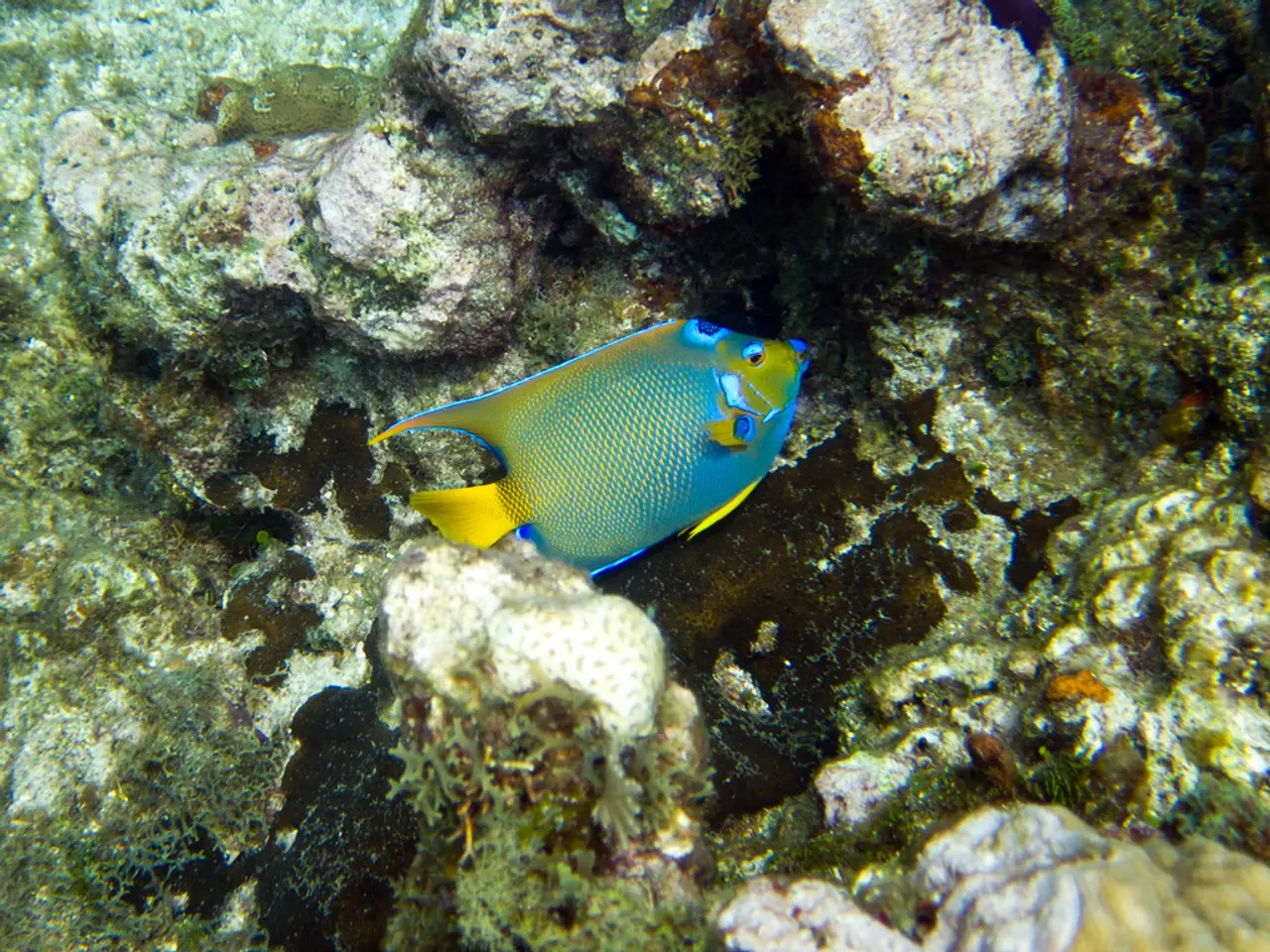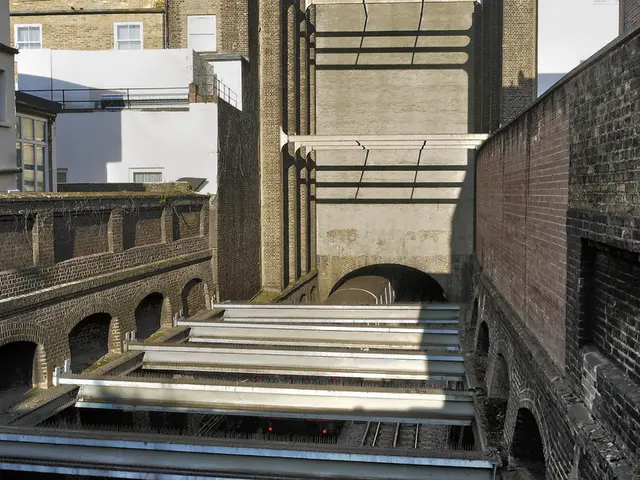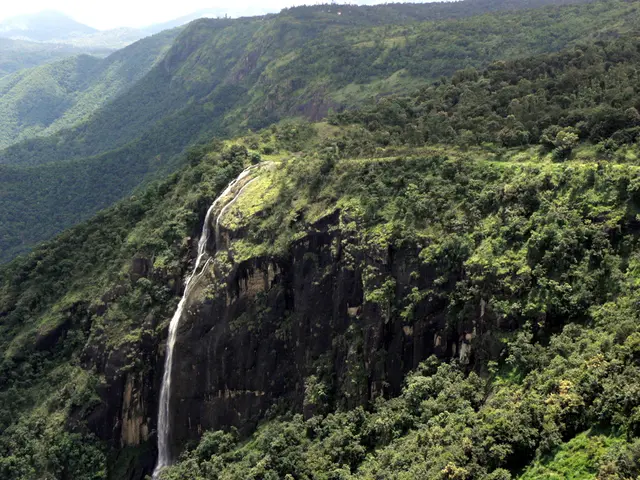Exploration of the Andaman Islands Through Panoramic Lenses
In the heart of the Bay of Bengal, the remote and uninhabited Narcondam and Barren Islands are part of the captivating Andaman Islands, situated between India, Myanmar, and Thailand. Known for their amazing soft and hard coral reefs and large schools of fish, the Andaman Islands offer a vibrant underwater paradise for photographers.
To truly capture the dramatic landscapes and underwater environments of the Andaman Islands, consider employing the Close Focus Wide Angle (CFWA) technique and a full circular fisheye lens. This approach emphasizes getting very close to a strong foreground subject while still including a vast background scene with a wide-angle or fisheye lens.
Using a full circular fisheye lens, such as the Canon 8-15mm f/4L lens, allows you to capture a 180-degree field of view all around, creating a distinctive circular image that includes much of the scene above, around, and below. This technique is ideal for immersive landscapes or underwater scenes, like the colourful coral reefs that abound in the Andaman Islands.
Here are some practical tips for wide-angle photography in the Andaman Islands:
- Use a small aperture (like f/8 to f/16) to ensure deep depth of field, keeping both your close foreground subject and distant background sharp.
- Keep ISO low (100-200) for crisp, detailed images, especially in bright natural light typical of Andaman coastal and island scenes.
- Use a tripod for stability when shooting landscapes with longer exposures to maintain sharpness, especially if lighting conditions vary.
- Get very close to your main subject—for example, textured rocks, coral, or plants near the shore or underwater—to maximize the wide-angle lens’s impact on perspective and scale.
- Experiment with unique compositions using the fisheye’s curved distortion to emphasize natural features like rock arches, beaches, or underwater reef shapes common in Andaman waters.
- If shooting underwater, consider the excellent visibility of 15–40m, which benefits wide-angle shots, and plan dives/settings accordingly to capture vibrant reef scenes with a wide fisheye.
- When using a full circular fisheye lens underwater, compose carefully so your subject appears centrally with the rest of the scene surrounding it circularly, creating an immersive 180-degree perspective.
By combining close focus with a full circular fisheye lens and controlling exposure settings, you can create powerful, breathtaking wide-angle photos that truly capture the Andaman Islands’ dramatic landscapes and underwater environments.
For more information on diving in Myanmar and exploring wide-angle photography, we recommend checking out this article from Bluewater Travel. Happy shooting!
[1] Source 1 [2] Source 2 [3] Source 3
- The Narcondam and Barren Islands, part of the Andaman Islands, are an underwater photographer's dream, presenting an array of bright coral reefs and large schools of fish.
- To capture the vibrant underwater paradise of the Andaman Islands, employing the Close Focus Wide Angle (CFWA) technique with a full circular fisheye lens is recommended.
- A full circular fisheye lens like the Canon 8-15mm f/4L offers a 180-degree field of view and is perfect for capturing immersive landscapes or underwater scenes.
- To achieve sharp images of the Andaman Islands' landscapes, keep the aperture small (f/8 to f/16) for depth of field, and the ISO low (100-200) for crisp details.
- Using a tripod for stability is essential when shooting landscapes or marine life with longer exposures, which can help maintain sharpness.
- To emphasize the wide-angle lens's impact on perspective and scale, get close to your foreground subject, such as coral, rocks, or plants in the Andaman Islands' diverse underwater or coastal environments.
- Experimenting with unique compositions using the fisheye's curved distortion can showcase natural wonders like Andaman's unique rock arches and reef shapes.
- When diving in Andaman waters, take advantage of the excellent visibility of 15-40m to capture vibrant reef scenes with a wide fisheye lens.
- When using a full circular fisheye lens underwater, compose your shot carefully to place your subject centrally within the circular 180-degree perspective.
- For more tips on diving in Myanmar and exploring wide-angle photography, refer to this article from Bluewater Travel.
- Aside from underwater adventure, the Andaman Islands offer a rich cultural and lifestyle experience, making them an ideal destination for combination home-and-garden, gardening, travel, adventure-travel, cultural-travel, and budget-travel enthusiasts.




